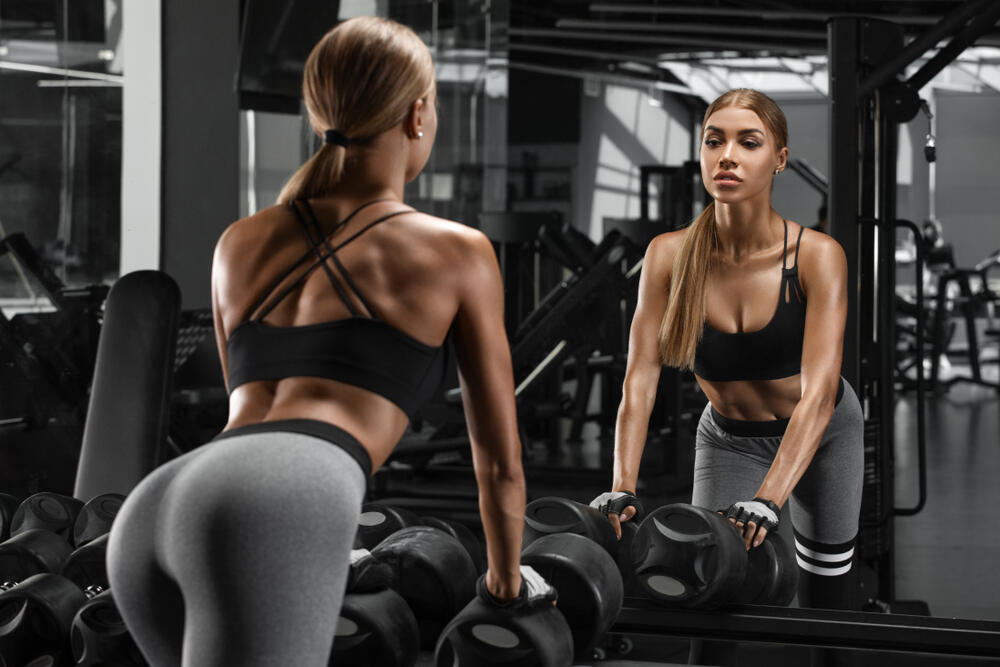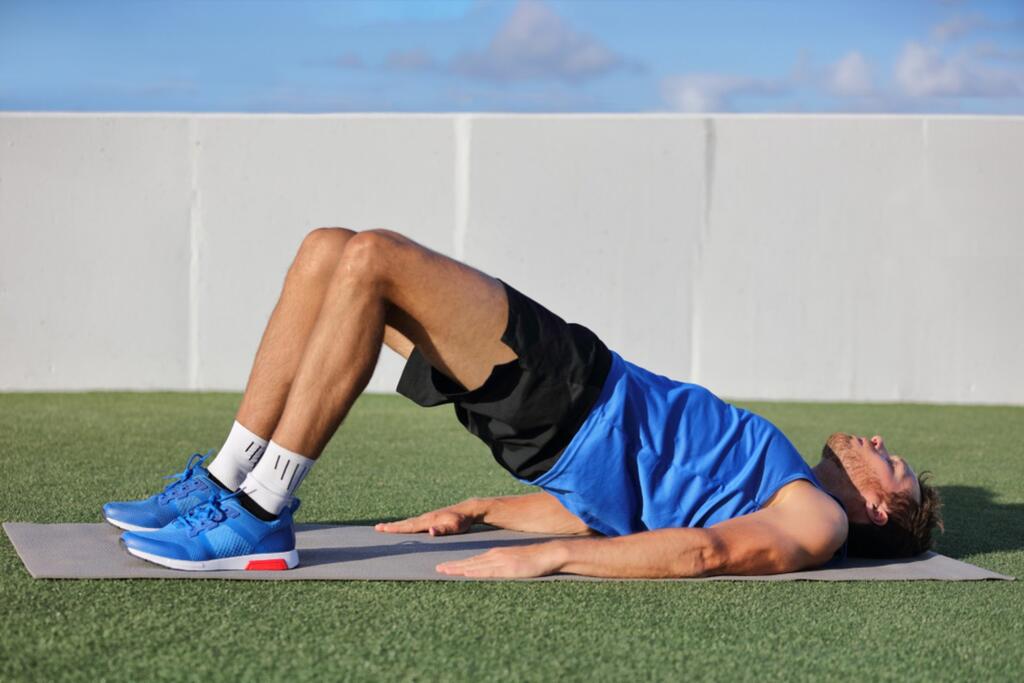Magnificent and robust arms command admiration, chiseled pectoral muscles stand as a testament to excellence. A set of six-pack abs? Undeniably, they are the coveted embellishment.
Other stories:
However, in the realm of muscle fascination, none have garnered greater acclaim in recent times than the glutes. It's a simple equation: the grander, the better.
This muscular group commands great focus as it plays a pivotal role in elevating athletes' agility and speed, essential for excelling in professional sports. Additionally, it amplifies performance in functional resistance training and aids in sculpting the lower body muscle mass.
Let's not overlook its influence on refining aesthetics and achieving the coveted well-defined physique that defines our era.
Biomechanically, the gluteal muscles stand unrivaled in everyday functionality. Not only do they claim the title of the largest muscle group in the human body, but their primary function is to execute the potent hip extension movement, the very force that propels the body skyward.
Yet, in addition to this pivotal role, they silently assert their mastery in a lesser-known domain: the stabilization and meticulous control of the hip joint.
Put simply, the gluteal muscles have a vital function in averting "knee valgus collapse." This function bestows upon them a significant role in preventing and rehabilitating various injuries and discomforts, such as knee trauma, hip joint pain, Achilles tendonitis, and foot pain.
When speaking about this issue, the distinction is usually made between the gluteus maximus and gluteus medius. The gluteus medius is located on the lateral aspect of the upper buttock, below the iliac crest. The superior muscle is broad with the muscle narrowing towards its insertional tendon giving it a fan shape.
The gluteus maximus, on the other hand, covers all of the gluteal muscles except for the anterosuperior third of the gluteus medius.
Extensive research has focused on strengthening these muscles for rehabilitation and injury prevention, with the goal of finding the exercise that triggers their maximum contraction.
To achieve this, electromyography (EMG) has been employed to measure the muscle's peak electrical activity during exercise. The underlying assumption is that the higher the muscle's electrical activity, the greater the involvement of motor units, indicating a larger activation of the muscle.
Research findings have indicated that the Hip Thrust is the superior exercise for strengthening the gluteus maximus, with the single-leg squat ranking next in effectiveness. In terms of the gluteus medius, the most efficient exercise for strengthening it is the lateral leg raise performed with a resistance band.
The strong backing of research has propelled these exercises to popularity in rehabilitation programs and fitness facilities. Yet, within the research community, there exists a divergence of views on the reliability of using EMG as a gauge for maximum muscle contraction.
Critics contend that such measurements fail to accurately capture the actual extent of the muscles' maximum contraction strength.
A recent study, published in the peer-reviewed journal Medicine & Science in Sports & Exercise, investigated the muscle contraction strength of the gluteus maximus during different cycling modes.
The study employed rigorous methods, including EMG analysis, precise motion analysis, and the utilization of force platforms to measure ground forces generated by the participants.
The data analysis unveiled additional factors that impact muscle contraction strength, such as variations in muscle length during exercise and the anatomical alignment of the joint.
How to target your gluteus maximus
The study's results challenge the notion that previously regarded highly effective exercises are as efficient as previously thought. Conversely, less specific exercises for gluteal muscle strengthening have been found to be more effective.
The top three most effective exercises for strengthening the gluteus maximus muscle are:
Hip thrust: The hip thrust exercise is highly effective for targeting and strengthening the gluteus maximus. In this exercise, the individual lifts their hips off the ground using their own body weight or additional resistance.
Squats: Squats are another excellent exercise for targeting the gluteus maximus. By performing squats, the individual engages the glutes as they lower their hips towards the ground and then push back up to a standing position.
Deadlifts: Deadlifts are compound exercises that work multiple muscle groups, including the gluteus maximus. By lifting a barbell or other weighted object from the ground, the individual engages their glutes to power the movement.
The top three most effective exercises for strengthening the gluteus medius muscle are:
Lateral band walks: Lateral band walks involve placing a resistance band around the legs, just above the knees, and taking side steps. This exercise targets the Gluteus Medius by challenging its abduction function and promoting stability of the hip joint.
Side-lying hip abduction: This exercise is performed by lying on your side and lifting the top leg upward while keeping it straight. This movement specifically targets the gluteus medius and helps improve its strength and stability.
Clamshells: Clamshells are a classic exercise for activating the gluteus medius. To perform this exercise, lie on your side with your knees bent and feet together. Keeping your feet together, lift the top knee upward while maintaining contact between your feet. This movement targets the outer hip muscles, including the gluteus medius.





